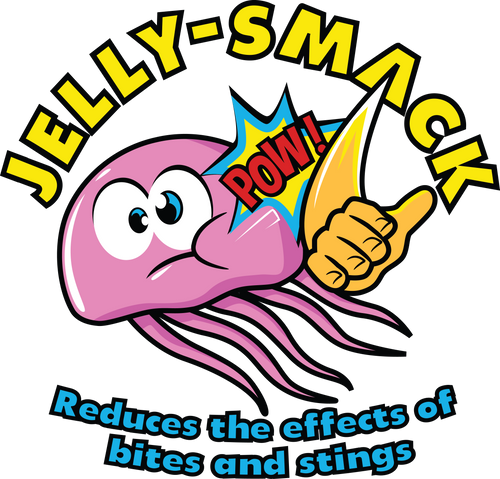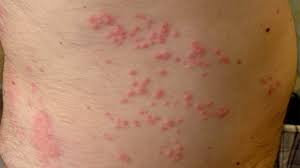There's nothing quite like a refreshing dip in the ocean, especially along the beautiful Gulf of Mexico or the vibrant Atlantic Coast. But sometimes, an unwelcome guest can turn a blissful swim into an itchy ordeal: "sea lice."
Battling the Invisible Sting: Understanding Sea Lice and Why Jelly-Smack is Your Beach Buddy

There's nothing quite like a refreshing dip in the ocean, especially along the beautiful Gulf of Mexico or the vibrant Atlantic Coast. But sometimes, an unwelcome guest can turn a blissful swim into an itchy ordeal: "sea lice." Despite their misleading name, these aren't actually lice, but rather the microscopic larvae of jellyfish and sea anemones, primarily the thimble jellyfish (Linuche unguiculata) and the sea anemone (Edwardsiella lineata). These tiny, almost invisible creatures are abundant in tropical and subtropical waters, making Florida, the Caribbean, and the Gulf of Mexico prime locations for their seasonal appearances, often peaking between March and August.

Source: https://oceanservice.noaa.gov/education/tutorial_corals/media/supp_coral01b.html
So, how do these seemingly harmless specks cause such a ruckus? It all comes down to their ingenious defense mechanism. These larvae, though small, are equipped with stinging cells called nematocysts, similar to those found on adult jellyfish. When you swim through waters infested with these larvae, they can become trapped between your skin and your swimsuit, rash guard, or even in your hair. The pressure from your clothing, the friction of movement, or even the osmotic shock of fresh water (like when you rinse off with a shower after swimming) can trigger these nematocysts to fire.
Once triggered, the nematocysts inject a tiny amount of venom into your skin. This venom, though not typically life-threatening, causes an immune response that manifests as "seabather's eruption," commonly known as sea lice rash. The symptoms often begin with a prickling or stinging sensation while you're still in the water, or shortly after you get out. Within a few hours, or sometimes up to 24 hours later, you'll start to see the tell-tale signs: angry red welts, bumps, or hives, primarily in the areas covered by your swimwear. The itching can be intense and relentless, making you want to scratch your skin raw. In more severe cases, especially in children, systemic symptoms like headaches, fever, chills, nausea, and even abdominal cramps can occur. The rash typically lasts for one to two weeks, but in some instances, it can linger for up to a month or even two.
Source: https://dermnetnz.org/topics/swimmers-itch
The key to effective treatment lies in addressing the venom and soothing the irritated skin. While home remedies like hydrocortisone cream or antihistamines can offer some relief, a specialized product like Jelly-Smack offers a more targeted and effective approach.

Jelly-Smack sting treatment stands out as the best remedy for sea lice stings due to its fast-acting, soothing formula specifically designed for marine stings. Unlike general itch creams, Jelly-Smack is formulated to neutralize the sting and calm the inflammatory response. Its FDA-registered status ensures it meets rigorous safety and efficacy standards, providing peace of mind for families. The convenient foaming spray application makes it easy to apply directly to the affected areas for immediate cooling relief, without the need for rinsing. By quickly soothing the pain, reducing redness, and calming irritation, Jelly-Smack helps you get back to enjoying your beach day faster. Don't let the invisible menace of sea lice ruin your precious time by the ocean; keep Jelly-Smack in your beach bag for swift and reliable relief.


